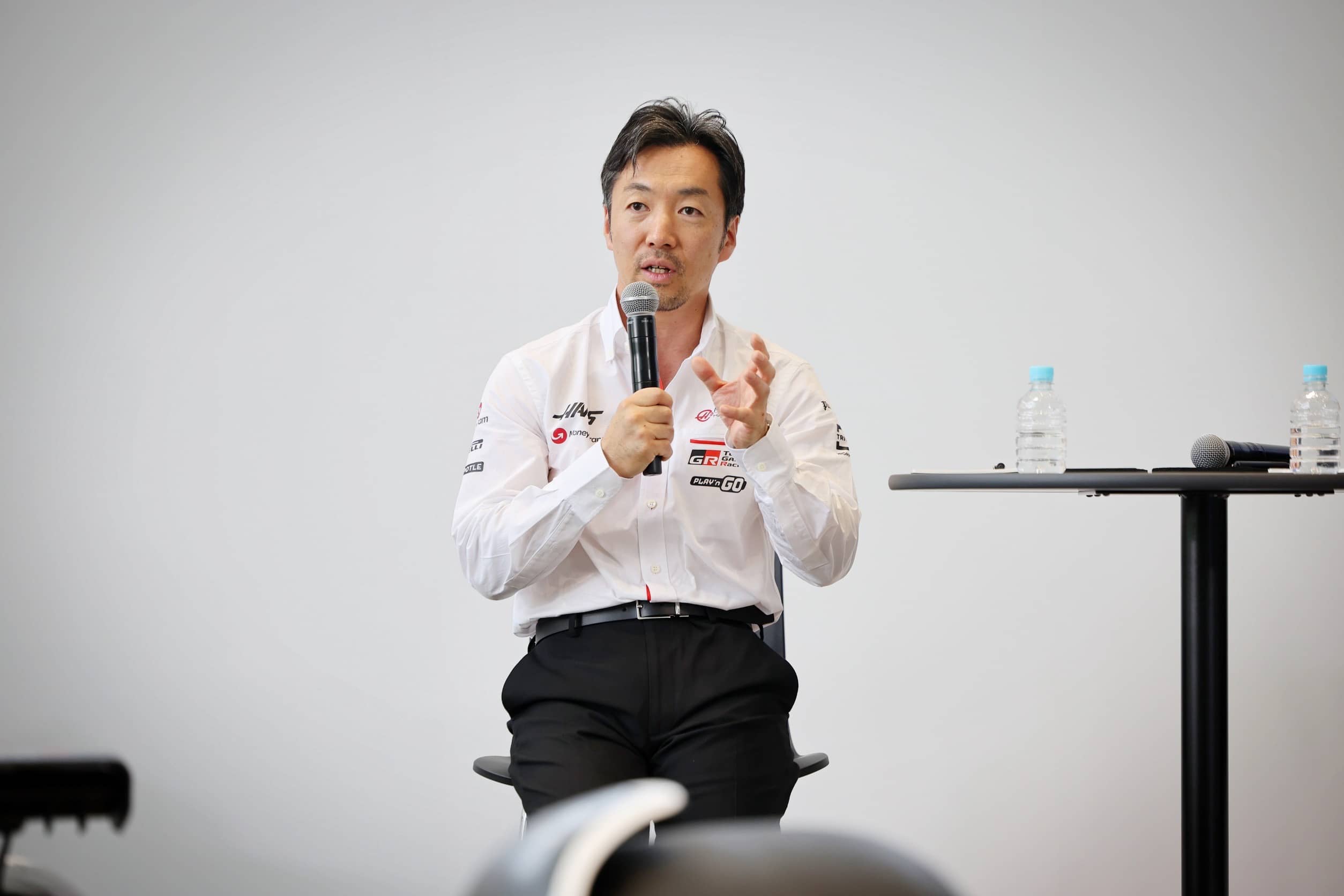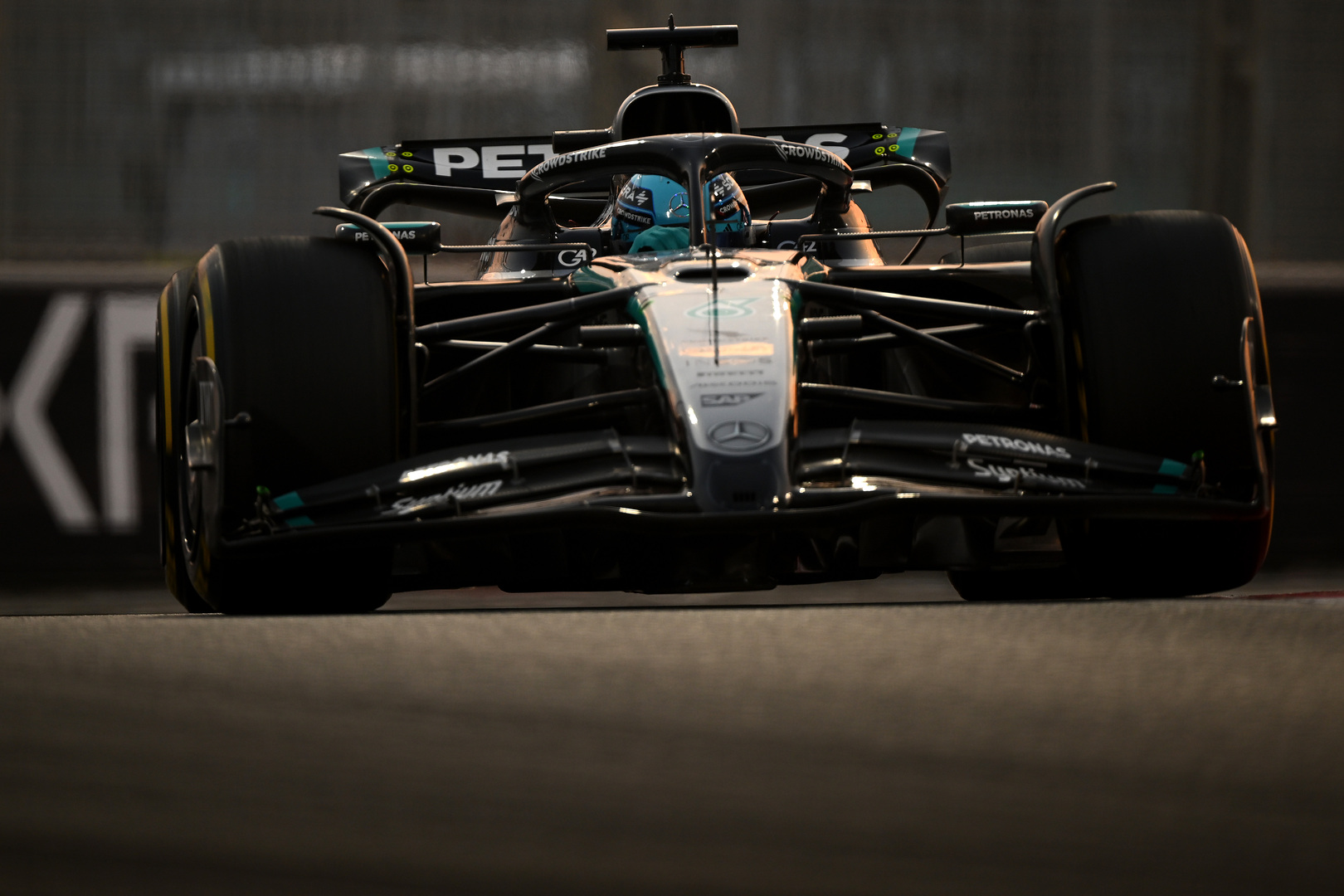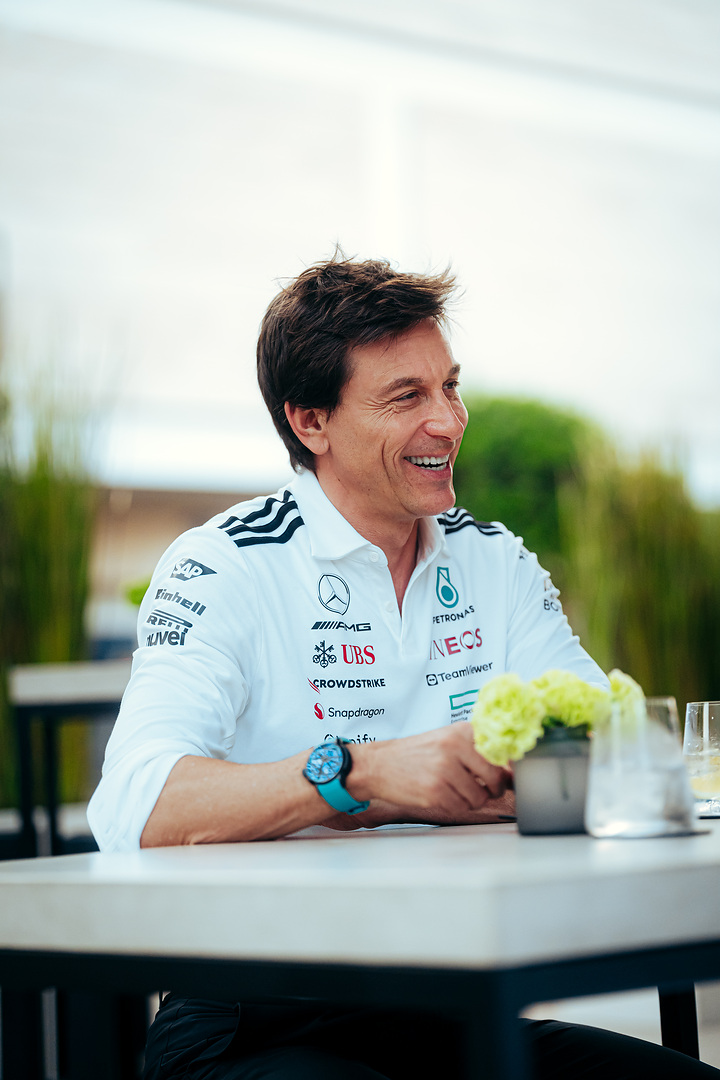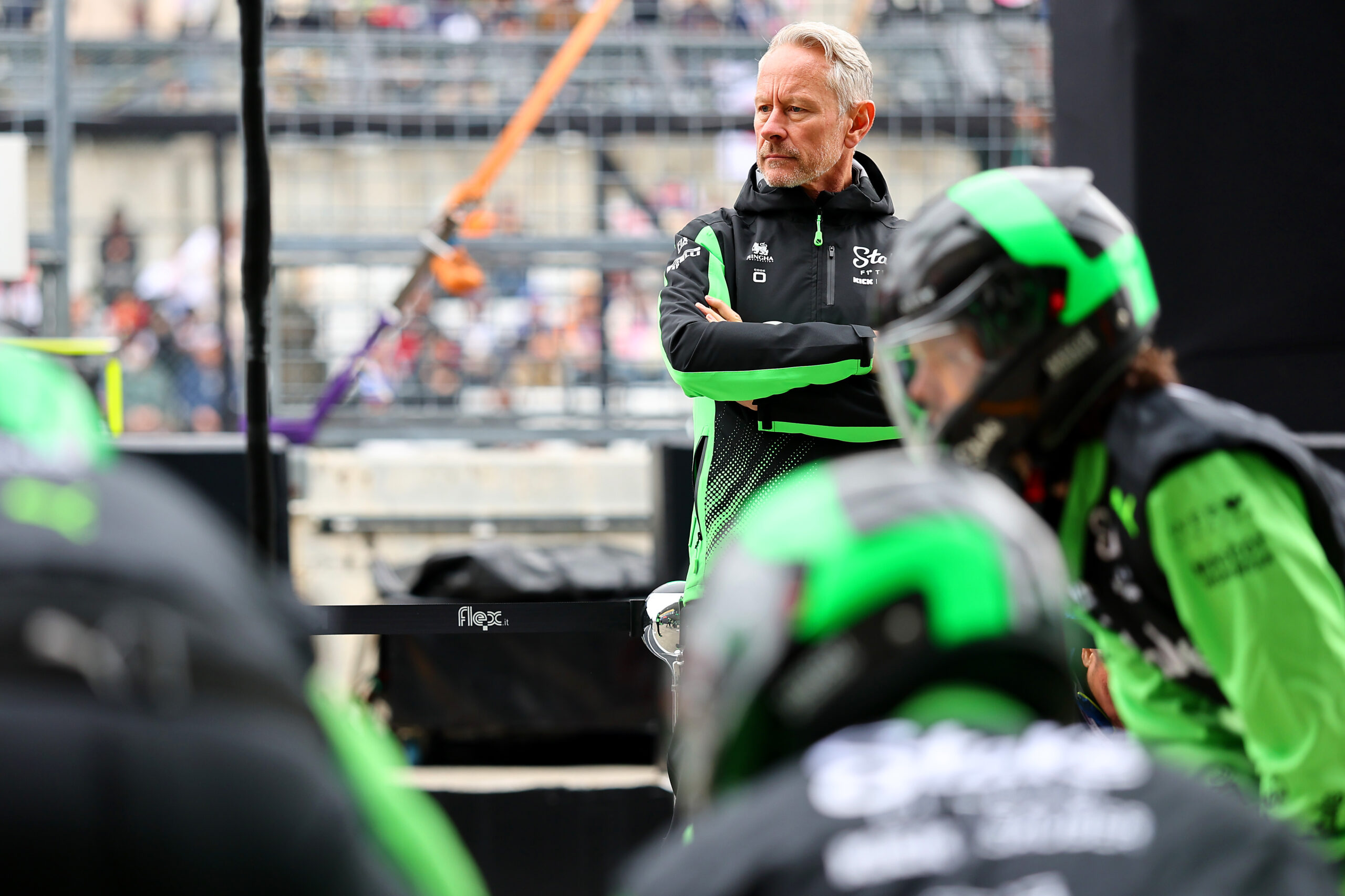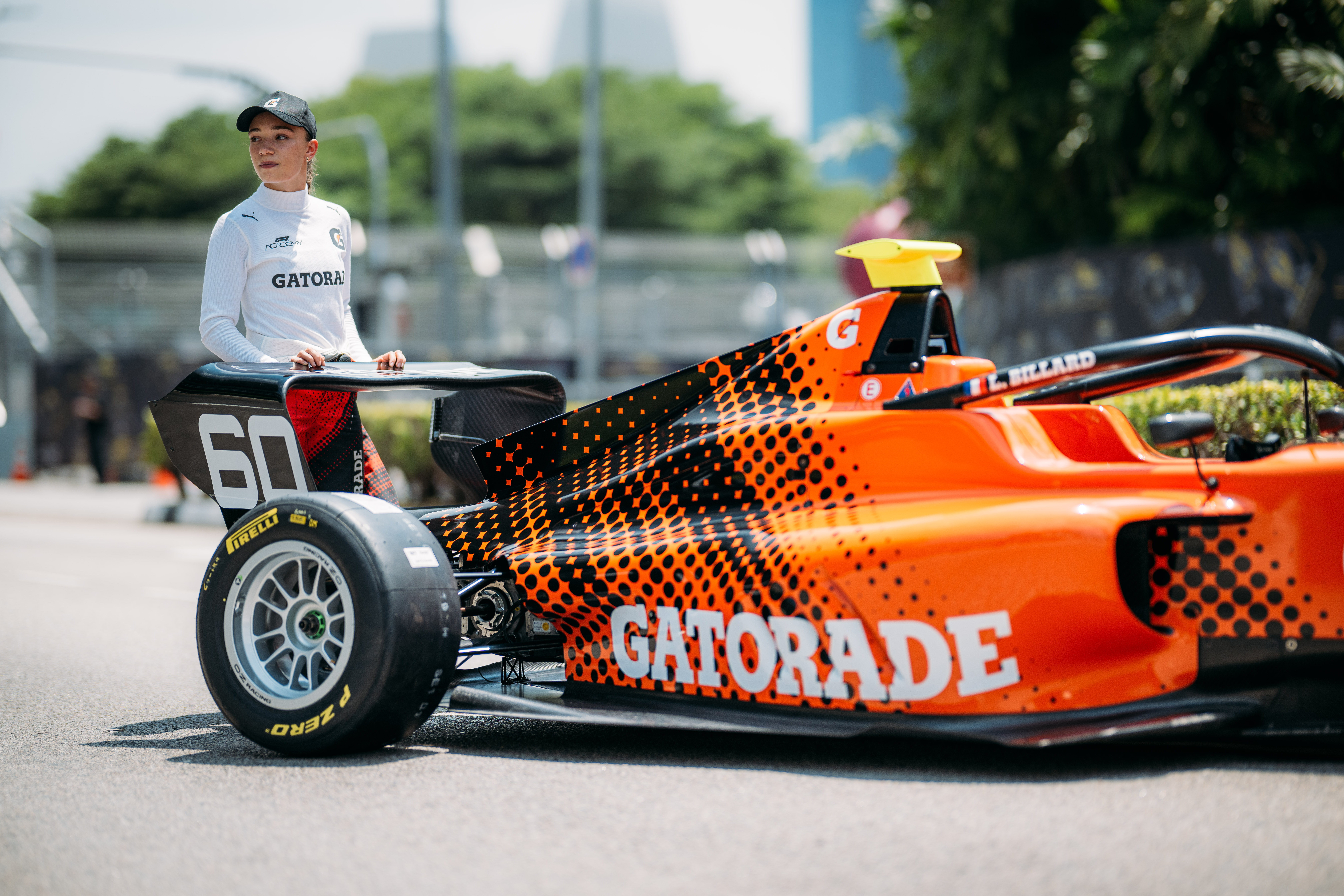The team of Haas is on the rise. After having given up on 2021 the team had a decent 2022, only to finish last during the 2023 season. This was reason for team owner Gene Haas to say goodbye to Günther Steiner as team principal and promote Ayao Komatsu. A move that seemed to have yielded some much needed results, as the team is currently seventh in the standings, trailing RB by just three points.
And to add to the good news a technical partnership with Toyota Gazoo Racing was announced this morning. A partnership that will add much desired resources and hardware capability, Komatsu explained.
“We are the smallest team on the grid and we are lacking certain resources and hardware capability to understand certain things.
“In terms of being more competitive in the midfield, we are looking for somebody who can give us more resource and [manpower] and also have the hardware and the know-how to use that hardware.
“Toyota Gazoo Racing gives exactly that. They have a great facility in Cologne so we’ll be able to utilise that.”
The Cologne-based team also looks to gain some know-how and experience, by virtue of running previous cars with thier junior drivers.
“They are looking for that latest F1 know-how and skillset which we have,” Komatsu added. “We don’t have their facilities, we don’t have the number of people, their resource.
“So that’s how we are tapping into each other’s expertise and then learning in the areas that we are weak relative to each other. So it’s really a perfect combination to have the mutual benefit.”
Formula 1’s Testing of Previous Cars (TPC) allows Haas to train their personnel, as the smallest team on the grid is always tight in terms of employees, Komatsu explains.
“TPC is very important in terms of training our personnel. We have just over 300 people, we have no contingency in personnel. So if one race engineer or one performance engineer decides to leave or is having a problem and not able to attend a race, we are really struggling. We’re on the limit all the time.
“In order to improve the organisation you cannot be at the kind of survival stage as a baseline. We’ve got to build up the organisation. So through TPC we can start training our engineers, our mechanics, having back-up people.
“Of course the budget cap makes it more complicated in a way that we’ve got to do it on a timesheet. People who are dealing with heritage, i.e. TPC, is outside the cap. But the minute those people cross over to the race team beyond a certain percentage we have to include them in the budget cap. So that detail we need to do correctly.
“But in terms of building up the organisation, having a contingency, having the capacity, more younger people, training opportunities, for me TPC is the best environment.”
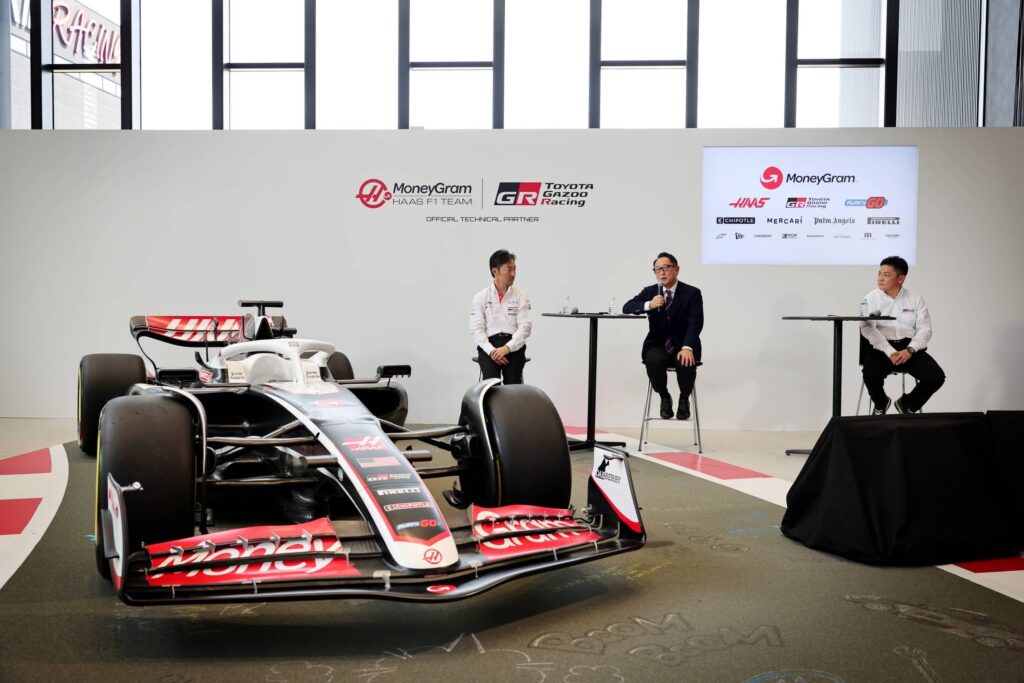
The partnership with Toyota adds another layer to the already complicated business structure of Haas, who also rely on Ferrari and Dallara for the supply of components. Komatsu emphasised that the partnership with Ferrari has in no way changed with the entrance of Toyota.
“Our partnership with Toyota is not to replace the Ferrari partnership. The Ferrari-Haas partnership is the foundation and it’s always going to be the foundation. This partnership is not to take away from it, but actually enhance that fundamental partnership with Ferrari.
“We’ve been completely transparent with the Ferrari management, of course, from the early stage of this discussion, so we both have a clear understanding of what engagement we have in which areas with TGR and how we need to protect the IP [intellectual property] of each company.”
The details of how the four partners will work together have not been fully determined, the Japanese team boss said, but he doesn’t expect the way of working to be more complicated.
“We buy components from Ferrari, we buy components from Dallara. For instance, if we buy a front wing from Dallara, there’ll be a price, in the same way – okay, this is done with sponsorship – but if we ask TGR to make a front wing, there will be an exchange in terms of PO [purchase order].
“So we will be paying for that front wing, but that will come out of this sponsorship money. Whereas [getting] a front wing from Dallara, Mister Haas needs to pay. So the source of money is different but the mechanism itself is very fundamentally the same. So I don’t think that will be very complicated.”
The day-to-day operation may not change yet, but Komatsu is looking to improve some things, for example the fact that the team has to balance between Maranello in Italy and Banbury in the UK.
“Of course we will keep the Maranello design office, because again, nothing changes the fact that we are going to be buying our gearbox and suspension from Ferrari. So to that extent it makes sense to have our DO in Maranello and also, like I said, we continue to use Ferrari’s wind tunnel so our aerodynamicists will continue to be based there.
“But for instance, we will start designing some other carbon composite parts by ourselves and then also start doing some testing and then simulator work in some other areas that contribute for the performance of the car. Where we house them exactly, whether it’s in Maranello or UK, is something we need to define in the future.”
“We’ve never had a simulator on-site in Banbury, ever,” Komatsu added. “The only simulator we had access to was the Ferrari simulator in Maranello.
“Yes, we have been using it, but only using it not ‘in anger’, if you like. We use it for pre-season, during the season, what we can do in the Maranello simulator is pretty limited.
“Also, if you just think back to what I said earlier in terms of our personnel resource, we’ve only got a very limited number of personnel. Trackside engineers, we’ve got what you see on the trackside and there’s not many people behind.
“So imagine in between races, to do a simulator session in Italy, I can’t ask my UK-based guys to come back from those 24 races and then spend another 10 weeks in Italy to do simulator sessions. So that kind of location issue really prevented us to do something more.”
The addition of Toyota has no influence on the partnership with Dallara yet, Komatsu said.
“Dallara is an important partner, they’ve been with us, building our chassis, from day one. So that’s another key, important relationship.
“In due course we’ll be discussing which parameters we keep working with Dallara, which parameters we’re going to work with Toyota. But we will coexist, it’s not to replace one another.”
The announcement predictably sparked the rumours that Toyota might be eyeing a return to F1 as a works team, after leaving the sport following the 2009 season. Komatsu did not confirm or deny such plans, but did reveal there is the possibility for the partnership to be expanded in the future.
“It is actually a long-term partnership, this one, this is not a short-term thing,” the former technical director explained. “Certain projects we picked to start off with the kick off because it’s so obvious what area we are lacking, what area we haven’t got the capability, what area TGR has already got capability. So we obviously are picking up the project that has the biggest impact and need straightaway.
“But I think throughout this partnership we’ll understand each other more and more and there will be many areas we can work together on and TGR can help make us a more competitive Formula 1 team. So it’s really on a teams’ requirement basis if you like, to make us more competitive as an F1 team to move up more towards the front of the grid.”

